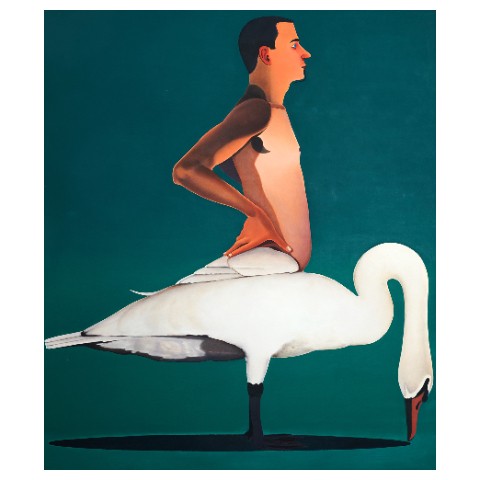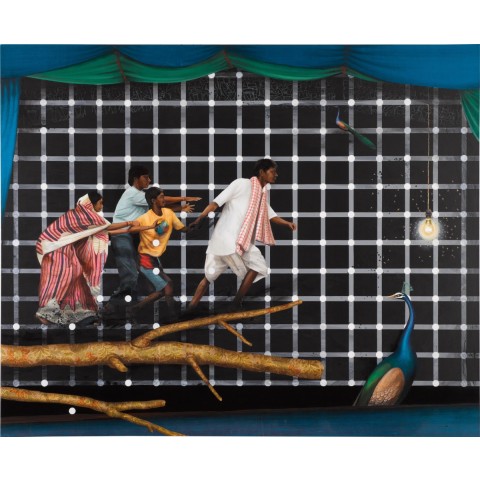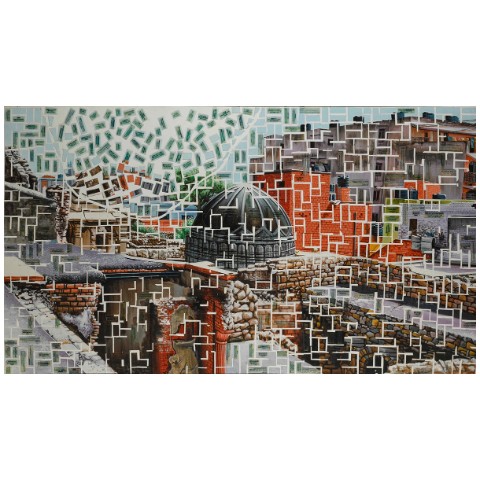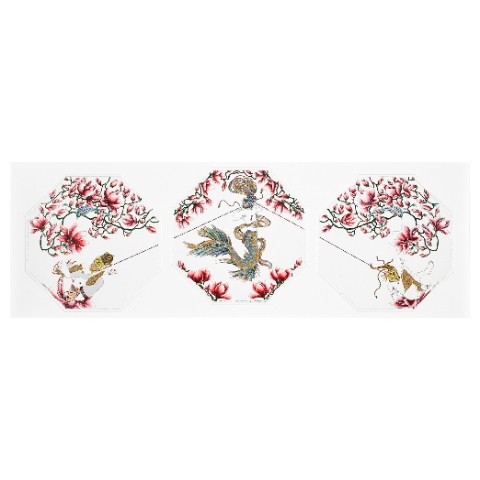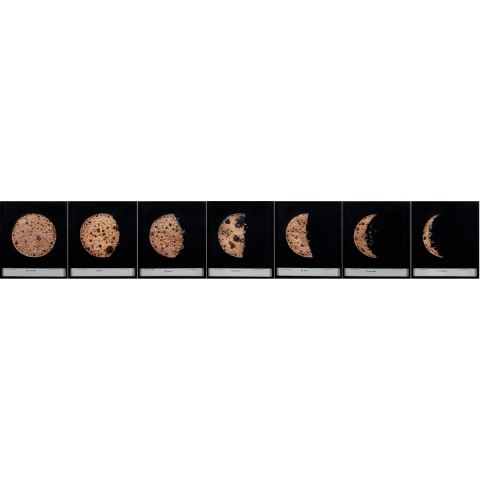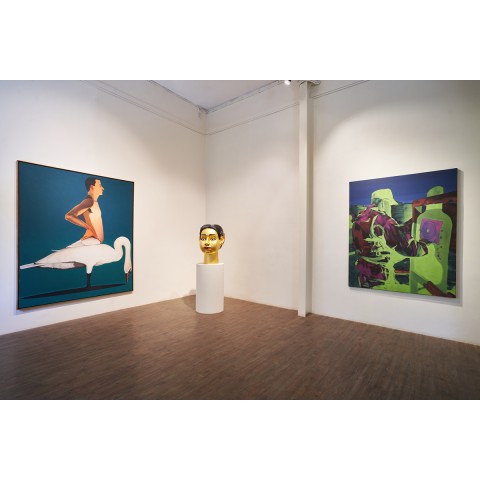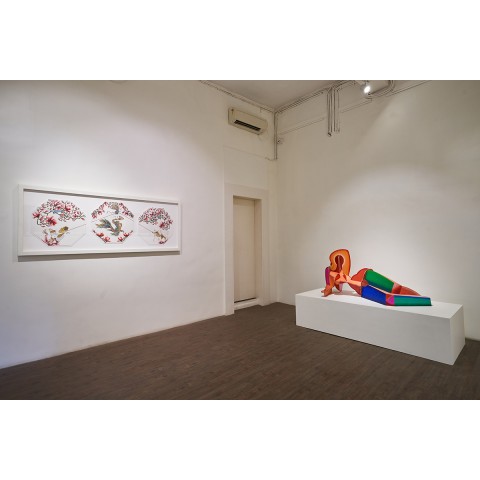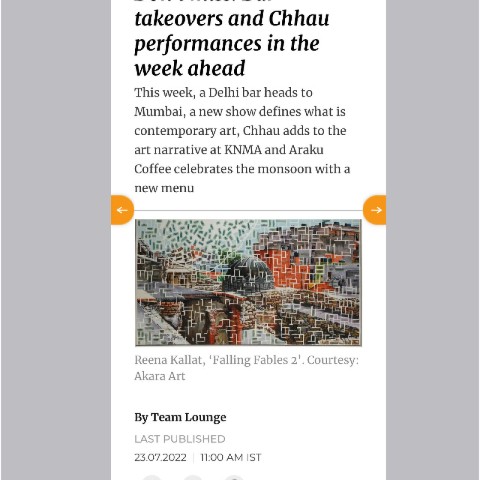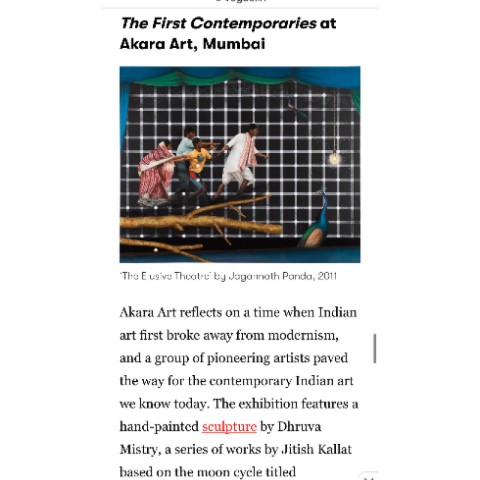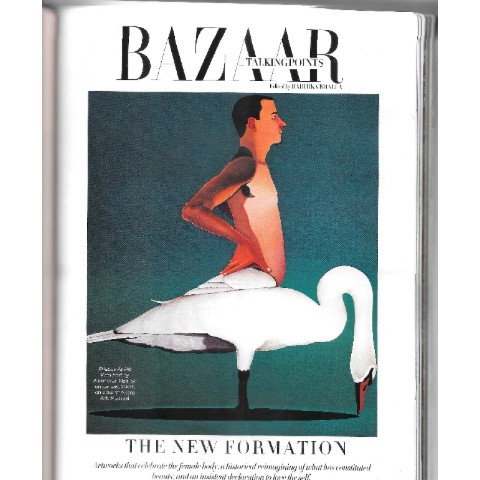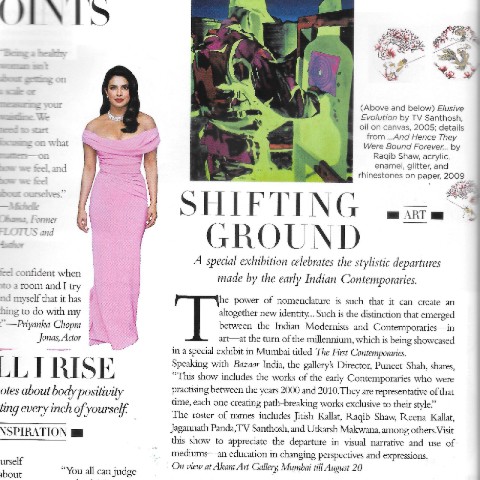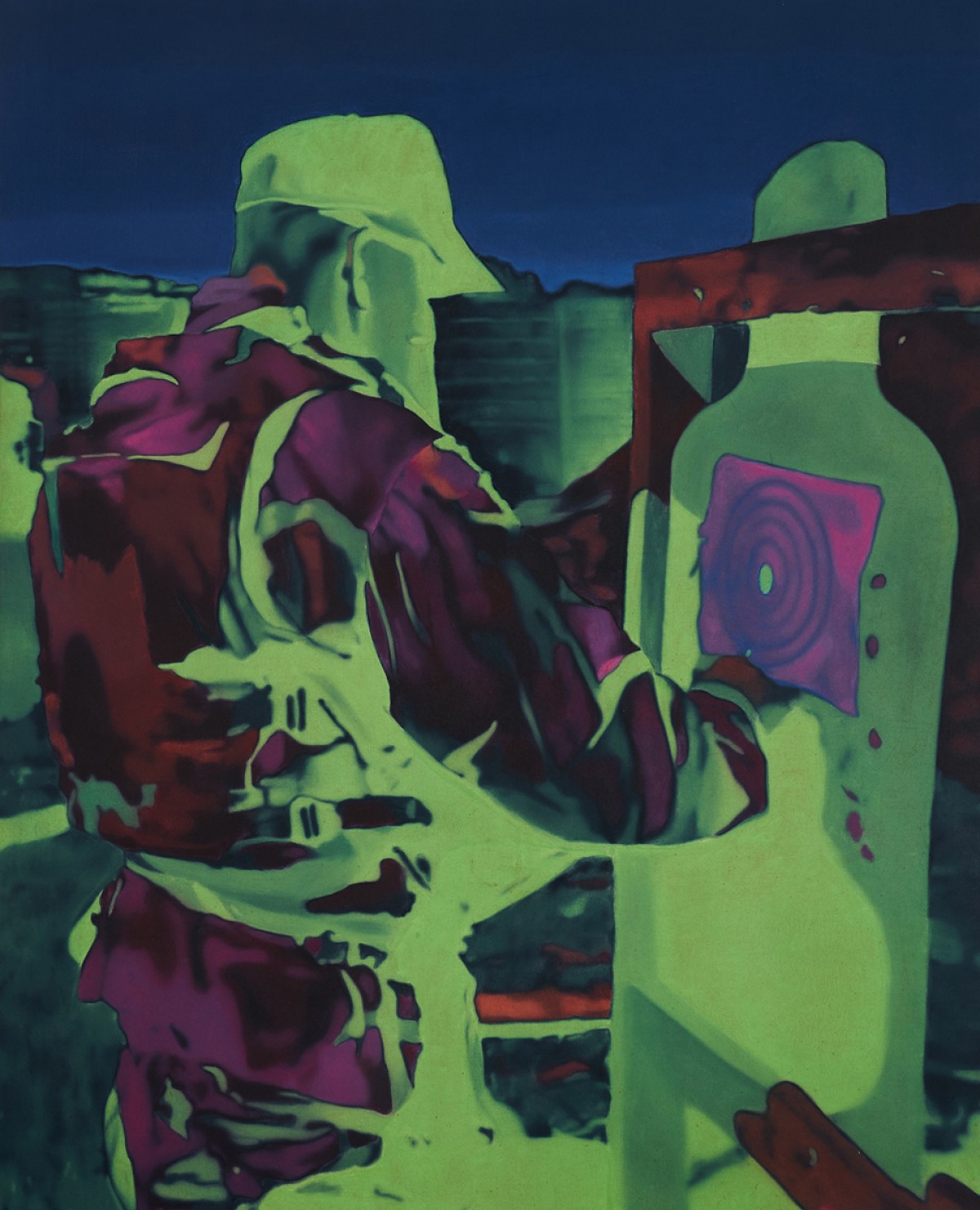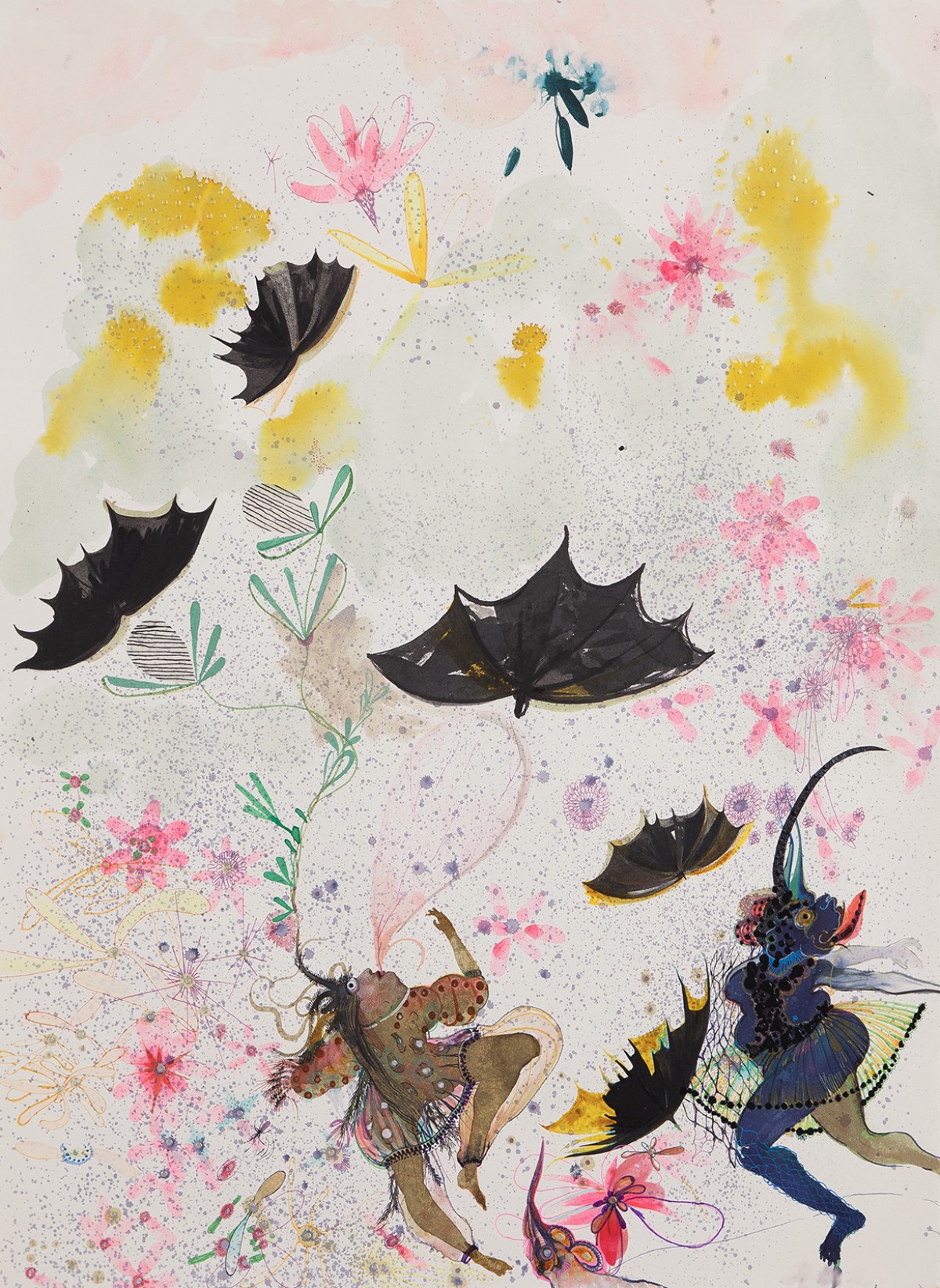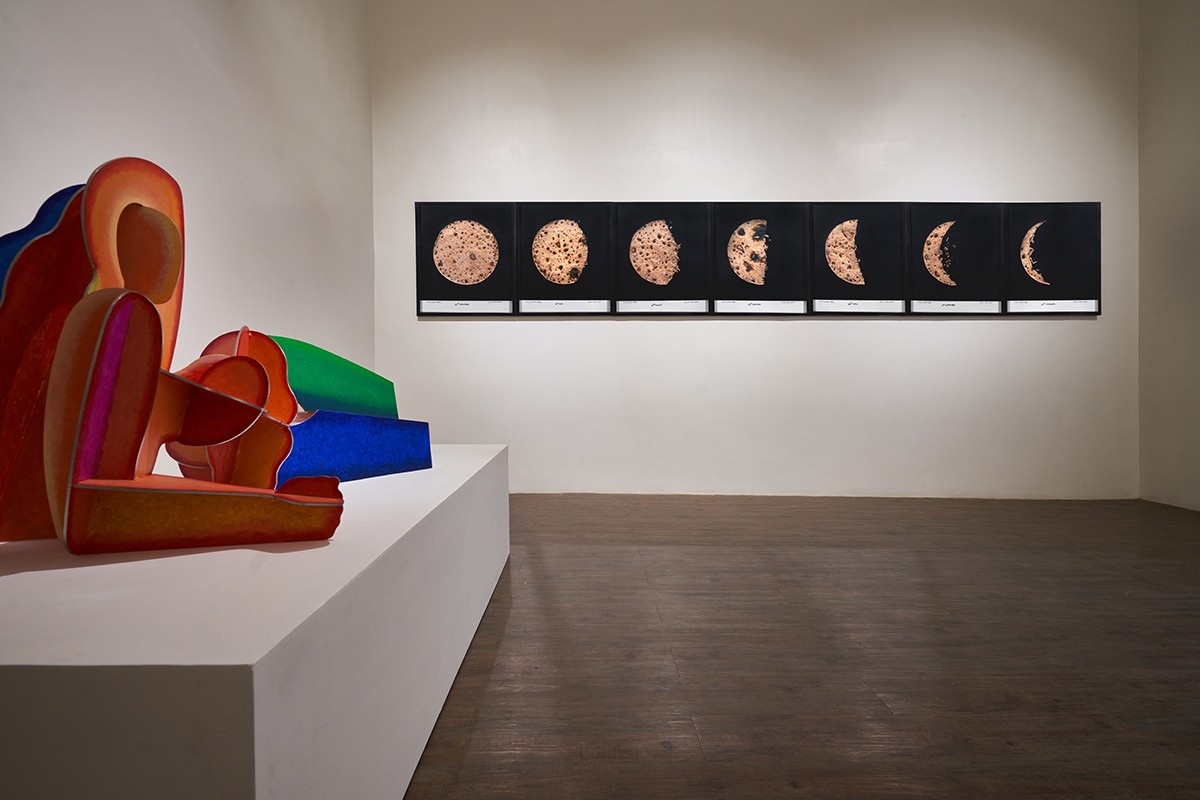
THE FIRST CONTEMPORARIES
July 28 - August 20 , 2022
For decades, the phrases contemporary
Indian art and modern Indian art were employed as synonyms, the only possible
divergence being that contemporaries were necessarily alive, while modern
artists could have passed on. In the course of the 1990s, a split occurred
between the two terms. Although there was no unanimity about where precisely the
boundary lay, Bengal school painters and Progressives were consensually
labelled moderns, while artists featured in the current exhibition were classed
as contemporaries. The title of this show alludes to that first generation of
artists who were designated contemporaries as a way of differentiating them
from the moderns.
To call them the first generation is a
little misleading because the birth years of the featured artists span almost
two decades, from 1956-57, when Jayashree Chakravarty, Ravinder Reddy and
Dhruva Mistry were born, to 1973-74, when Reena Saini Kallat, Jitish Kallat and
Raqib Shaw came into the world. Nevertheless, these artists can justifiably be
clubbed together because they share stylistic traits and concerns that define
an era in Indian art, a period constituted by the emergence of globalisation and
a unipolar world order. These shared formal traits and thematic propensities
include: the expansion of the material possibilities of painting and sculpture;
an engagement with nature driven by environmentalist ideas; a non-dogmatic
preference for figuration; an embrace of the decorative; the use of found
images drawn from mass media; and a tendency toward irony and intellectual
distance.
The impulses play out in widely varying
ways from one artist to another. For instance, Jayashree Chakravarty’s interest
in ecology finds actualisation partly through the incorporation of physical
exemplars of the natural world, while Jagannath Panda views environmental
degradation through the prism of urban sprawl and migration. Ravinder Reddy
incorporates the aesthetic taste of the Indian street into his monumental
heads, while Raqib Shaw leans on sophisticated ornamental traditions in
conceiving his scintillating compositions.
Graduates of the famed fine arts faculty of
Baroda’s MS University dominate the display, a testament to years when it was
the most conceptually progressive arts department in the country. Although some
of the works in the show were made after the decade between 1995 and 2005 when most
of the featured artists grew nationally and internationally prominent, they are
all true to the predilections and elective affinities that made the emergence
of the first contemporaries such an exciting moment in Indian art.
This is the first of a multi-exhibition
series that will cover different inflection points in Indian art history.
Text by Girish
Shahane
